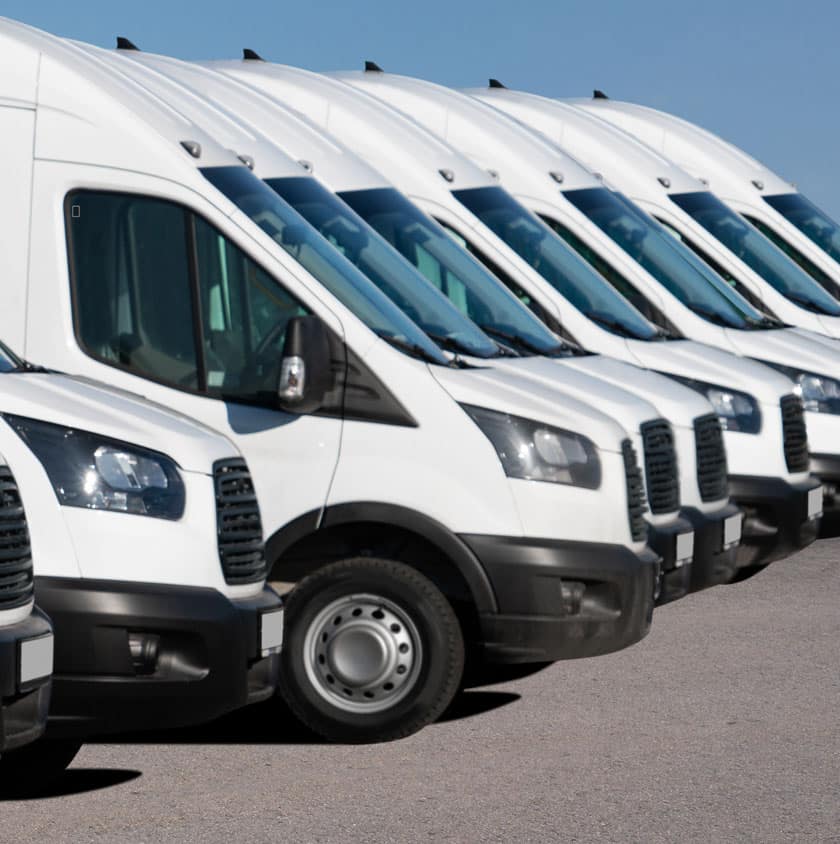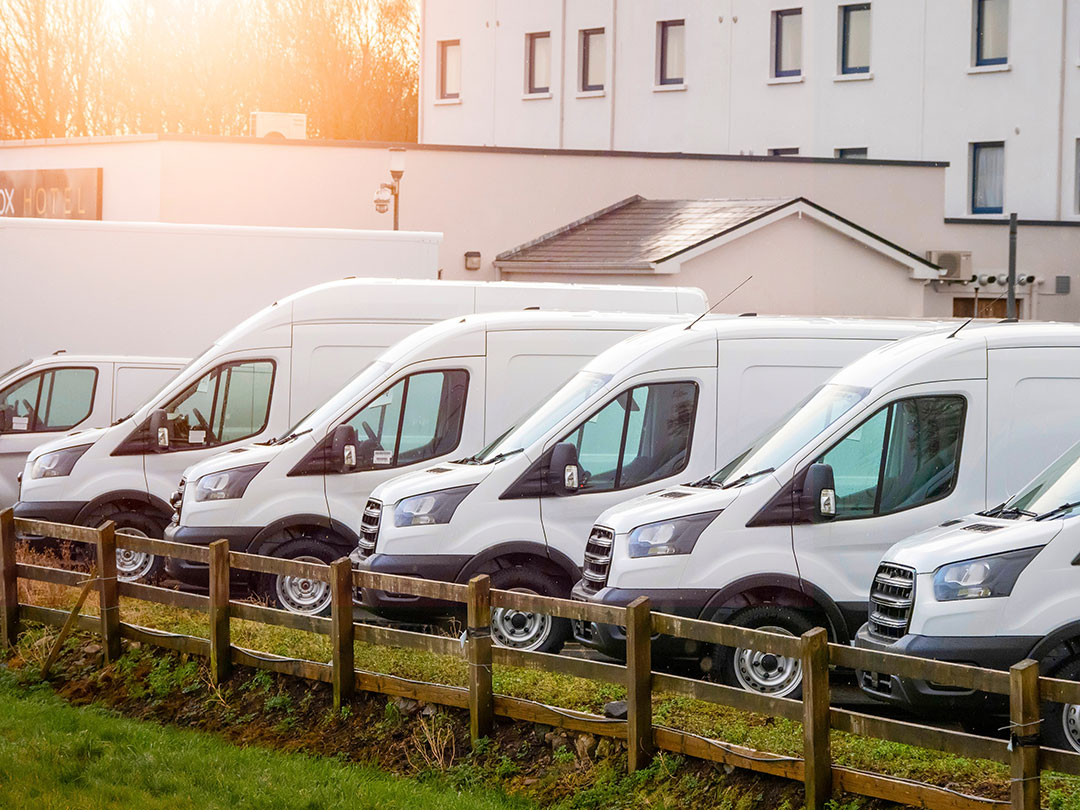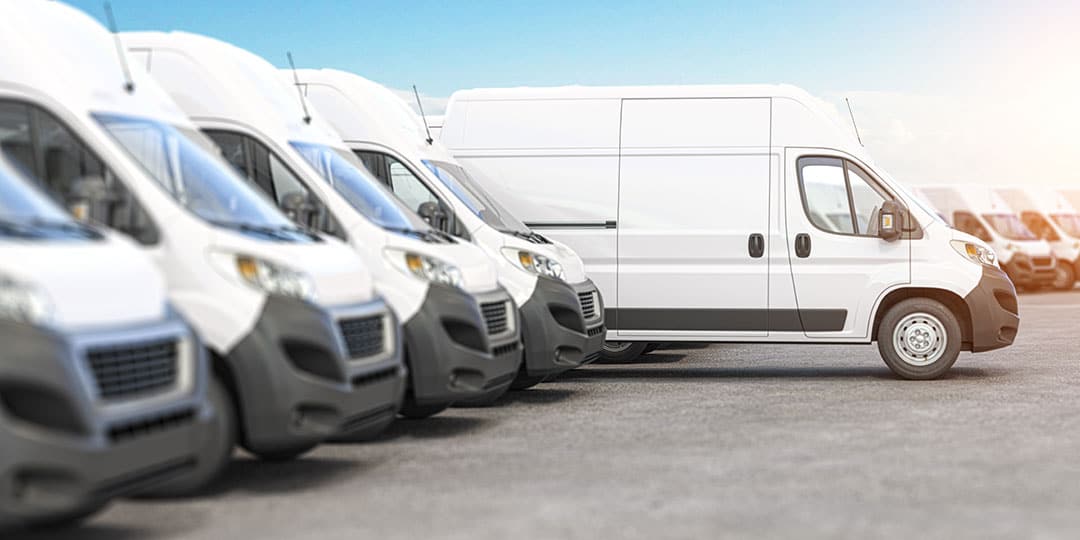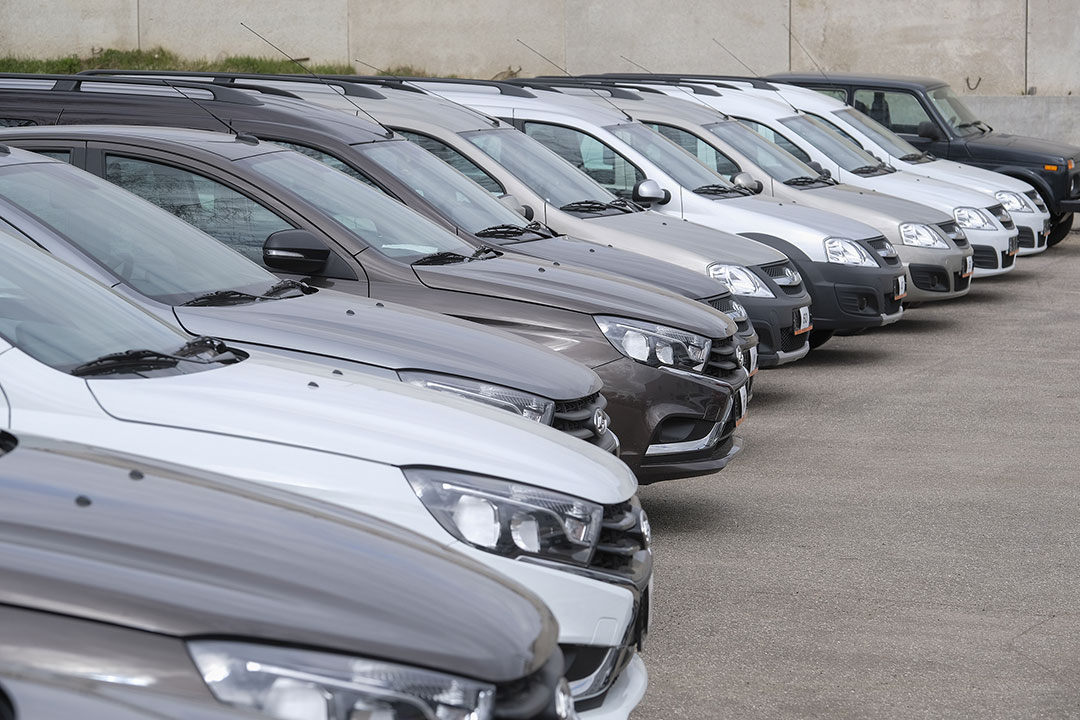
Multi Car & Van Insurance
Compare Multi Car & Van Insurance Quotes
- Complete one short form
- Quickly compare quotes
- Find a great deal today

Compare multi car & van insurance policies from leading insurers, including;
Why Compare Multi Car & Van Insurance Quotes at SimplyQuote?
Comparing multi car and van insurance on SimplyQuote puts you in control of your fleet’s protection. Instead of sticking to a single insurer’s offer, you can see a range of competitive deals in one place—no more endless phone calls or guesswork.
You’ll find policies designed to fit different needs and budgets, all without hidden surprises. By comparing, you’re more likely to find a policy that covers the vehicles you have—and the way you use them. This isn’t just about price, either: you’ll see options that include add-ons, liability cover, and extras that matter if you’re running a business.
SimplyQuote brings together leading UK insurers, so you’re comparing genuine offers from trusted providers, not vague estimates. You can sort by what’s important—price, cover type, or level of service—making it easier to narrow down what’s right for your drivers and your vehicles.
And here’s the real kicker: most people find a better price or more comprehensive cover when they compare than when they just renew. So even if you’re happy with your current insurer, a quick check here can help you see if there’s a smarter way to protect your fleet.
Why Do I Need To Get A Quote?
To get a quote for multi car and van insurance, you’ll need some straightforward details about your vehicles and how they’re used.
In short: be ready to talk about your fleet, your drivers, and how you plan to use those vehicles.
Let’s get practical. Insurers usually ask for:
- The type and number of vehicles you want to cover—cars, vans, or a mix.
- Details of the drivers you plan to insure: age, driving history, and experience.
- The main use of the vehicles—delivery, trade work, or something else entirely.
- Any claims history or incidents in the past few years.
If you’re running a business, they’ll also want to know about your operations: what you do, how many employees you have, and where your vehicles are based.
It’s not just about ticking boxes. Insurers use these details to weigh up risk—like whether you’re driving on motorways daily or parking up in a locked compound at night.
So have your vehicle registration numbers ready, your driver details in hand, and a clear idea of your fleet’s day-to-day use. The more accurate and complete your info, the more tailored—and competitive—your quotes will be.
Why Do You Need Multi Car & Van Insurance Cover?
You need multi car and van insurance because managing a fleet without it is risky and inefficient.
One policy for multiple vehicles keeps costs predictable and admin straightforward, letting you focus on running your business or managing your vehicles—not chasing paperwork.
Think about what happens when you’re insuring each vehicle separately. You’re dealing with multiple renewal dates, different terms, and a jumble of paperwork—room for errors and missed payments. Multi vehicle cover simplifies all of this: one insurer, one premium, and one set of documents.
It’s also practical for the real world. Many insurers offer discounts for fleet policies, so it can be cheaper than managing individual policies. Beyond cost, it’s about flexibility. Drivers and vehicles change—especially in delivery businesses. Fleet insurance policies often make it easier to add or remove vehicles and drivers, keeping you covered without fuss.
There’s also a legal dimension: if you’re running a business with vehicles on the road, proper insurance is essential. Without it, you risk fines, claims you can’t cover, or worse losing your business entirely if you’re found liable.
So, whether you’re a tradesperson with a couple of vans or a courier service with a growing fleet, multi vehicle insurance is the backbone of staying covered, staying legal, and staying on top of your game.

Looking for multi car & van insurance? Get your quote today!
Get QuotesWhat Does Multi Car And Van Insurance Cover Include?
Multi car and van insurance typically includes all the essentials you’d expect from standalone policies, but with the convenience of one single plan.
The exact features depend on your insurer and what level of protection you choose—so here’s what most policies cover as standard.
At its core, you’ll get third party cover—this means if one of your drivers causes an accident, your insurance pays for damage to other vehicles or injuries to other people. Many businesses upgrade to comprehensive cover, which also protects your own vehicles against accidental damage, fire, theft, and vandalism.
If your vehicles are working for you—delivering parcels, carrying tools, or transporting clients—most insurers include options for hire and reward, goods in transit, or carriage of own goods. It’s about making sure what’s in the vehicle is covered, not just the vehicle itself.
Fleet policies often extend to additional extras, like breakdown cover for roadside recovery or legal protection if things get messy after an accident. They’re designed to adapt to real business use, so you’re not left exposed if a driver has an accident or a van is broken into.
Want to really nail down what’s covered? Check the policy documents carefully—every insurer has slightly different definitions of what’s “included,” and some might have optional extras worth considering.
What’s Not Included?
Multi car and van insurance doesn’t cover every risk—and not knowing could leave you vulnerable when it matters most.
While these policies offer convenient, all-in-one protection, here’s what’s typically excluded:
- Wear and tear – Everyday maintenance, worn tyres, or mechanical issues aren’t considered insurance claims.
- Illegal activities – Driving offences like speeding, using a phone, or letting an unlicensed driver behind the wheel.
- Undeclared modifications – Anything from custom branding to engine tweaks can void your policy if not disclosed.
- Personal possessions – Laptops, tools, or goods in the back of your van usually aren’t covered without specific add-ons.
- Using vehicles outside of stated business use – Taking a work van on a personal holiday or using it for side gigs can put you outside your cover.
- Drivers with undisclosed convictions – If your fleet includes drivers with recent accidents or points that haven’t been declared, you could be left unprotected.
Multi vehicle policies are designed for flexibility, but insurers are strict about who drives, how the vehicles are used, and what’s inside them. That’s why it pays to check the fine print and keep your details up to date—because even small mistakes can cost you dearly.
How Much Does Commercial Fleet Insurance Cost?
Multi car and van insurance typically starts around £1,500 to £3,000 per year for small fleets in the UK, but your final premium will depend on several factors.
For larger fleets (10+ vehicles) or more specialist vehicles, costs can exceed £5,000 annually. Unlike single-vehicle policies, multi vehicle cover spreads risk across the fleet, often reducing the per-vehicle cost.
Key factors that influence price:
- Number of vehicles – More vehicles mean higher total premiums, though fleet discounts can help.
- Driver profiles – Older, experienced drivers with clean records usually lower premiums.
- Vehicle types – Standard vans or cars cost less than modified or high-value vehicles.
- Business use – Local delivery or trade use is usually cheaper than nationwide courier work.
- Location – Urban operations or overnight street parking can raise costs.
- Claims history – Fleets with past incidents or claims can expect higher rates.
A small trade business insuring three standard vans might pay around £2,000–£3,000 per year. A delivery service running ten vehicles could see premiums closer to £5,000–£6,000, depending on driver history and vehicle types.
If you’re managing multiple vehicles, comparing quotes is the only way to see exactly what you’ll pay—and to make sure you’re not spending more than you need to.
How Can I Save Money On Multi Car And Van Insurance?
You can save money on multi car and van insurance by tightening how you use your vehicles, who’s behind the wheel, and how you manage your fleet day-to-day.
Even though multi vehicle cover typically brings down per-vehicle costs, there’s still room to save:
- Limit who drives – Avoid “any driver” policies. Instead, name specific drivers—ideally older and experienced—to keep your premium in check.
- Choose practical vehicles – Vans and cars that are cheaper to repair and less powerful tend to have lower premiums.
- Avoid unnecessary extras – Only add cover you truly need. Think carefully about goods in transit, hire and reward, or legal protection based on your operations.
- Pay annually – Monthly plans often come with extra fees. Paying once a year can cut out those costs.
- Increase your excess – If you’re willing to pay more in the event of a claim, insurers typically reduce the upfront premium.
- Keep it secure – Storing your fleet somewhere safe overnight can cut your costs substantially.
- Stay vigilant at renewal – Multi vehicle policies often auto-renew. Comparing quotes at renewal can reveal cheaper options you’d otherwise miss.
Rates also shift based on the time of year and your claims history. If you’re planning changes to your fleet or adding drivers, get ahead by running quotes early—because that’s when you’ll spot the biggest savings.
How To Compare Multi Car & Van Insurance Quotes At SimplyQuote?
Comparing quotes for multi car and van insurance at simplyquote.co.uk is simple: enter your fleet’s details once, and you’ll see live offers from trusted UK insurers—no guesswork or hidden fees.
Here’s how it works:
- Enter your details – Share a few basics about your vehicles, drivers, and how you’ll use them.
- See real-time quotes – Our system pulls in tailored offers from top UK insurers—no generic estimates.
- Compare and sort – Look at price, cover levels, and extra features to find the policy that fits your needs best.
- Choose and buy – When you’re ready, lock in your chosen cover online—no phone calls or paperwork hassle.
Our tool updates in real-time, so you’ll always see the freshest prices. And if you want to tweak the details later, you can rerun quotes anytime to make sure you’re always getting the best deal for your fleet.
Frequently Asked Questions
Yes, multi car and van insurance typically covers a range of vehicles like cars, vans, 4x4s, and even some light trucks—great for mixed fleets.
Usually, yes. Most insurers require you to name each driver to control risk and keep premiums lower.
It depends on your policy. Some allow limited personal use, but always check with your insurer to avoid surprises.
Yes. Many insurers offer optional extras like breakdown or legal cover. It’s worth comparing what’s included vs what’s extra.
Most providers start at two or three vehicles. Larger fleets often get better per-vehicle rates.
Yes. Urban postcodes usually mean higher risk of accidents or theft, which can bump up premiums.
You’ll usually need to tell your insurer. Some policies offer flexibility to add or remove vehicles as your fleet changes.
It can, but not always. Some insurers let you transfer individual no-claims bonuses, while others have separate fleet ratings.








